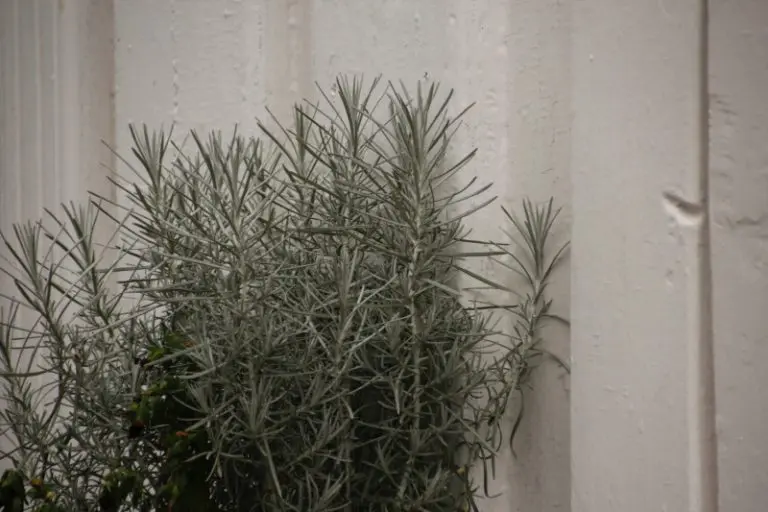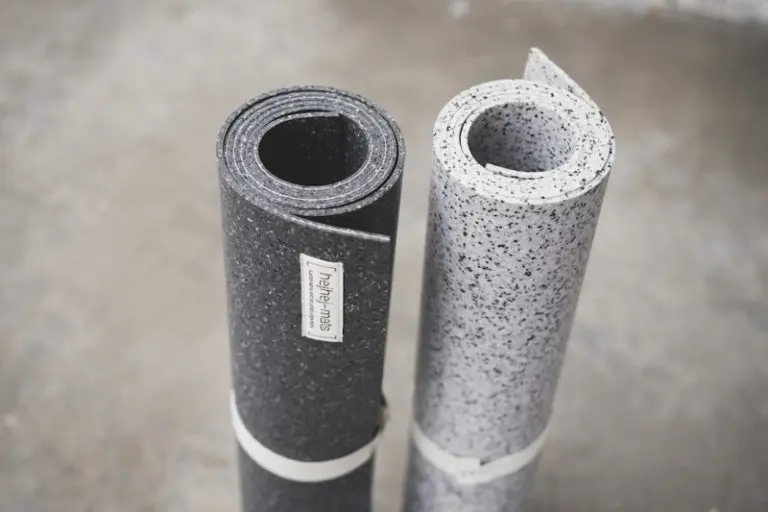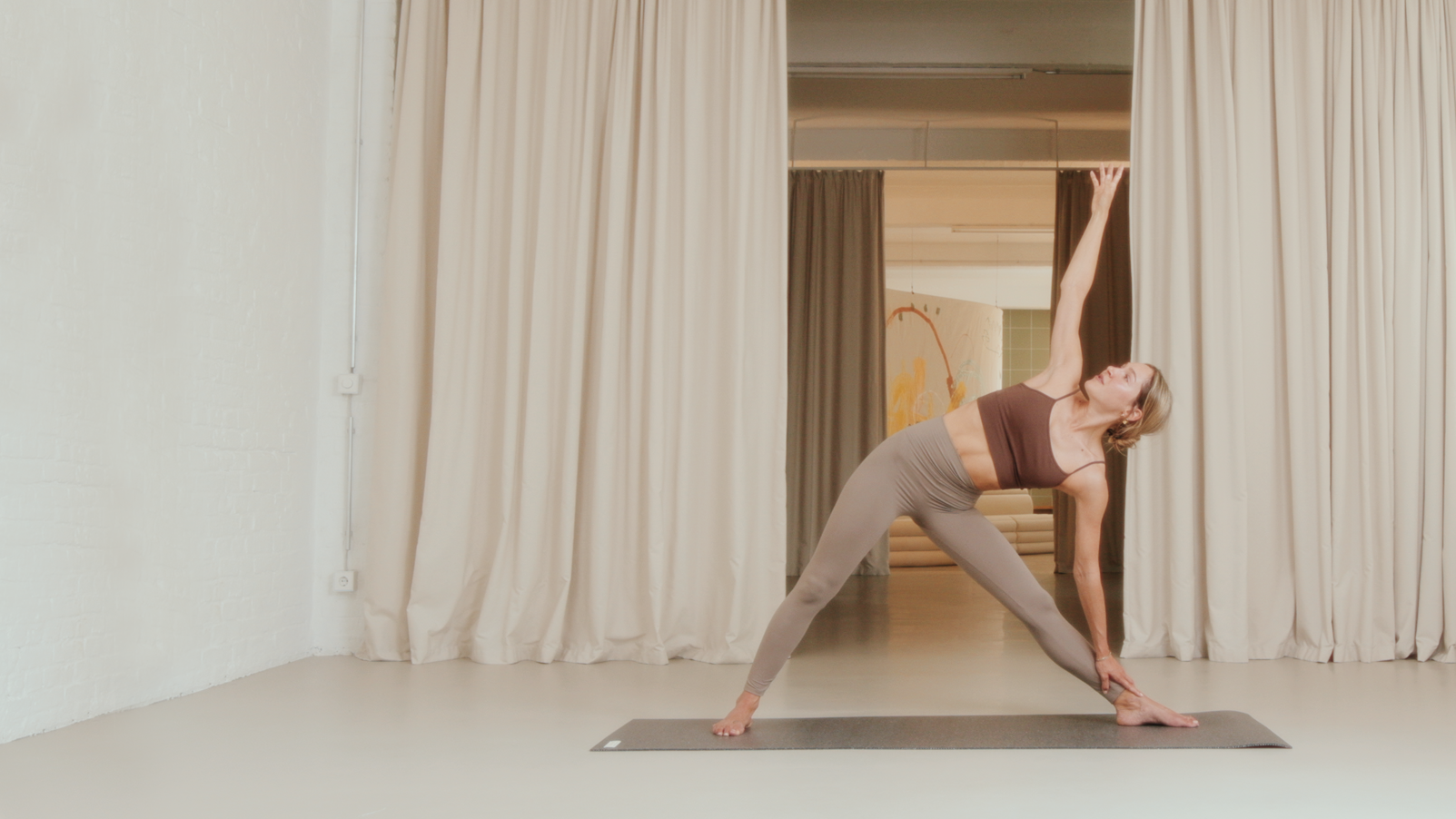Yoga mats – hardly any other piece of sports equipment needs to fulfill so many demands and that is why you can find a lot of yoga mat tests and reviews on the world wide web.
The hejhej-mat performs very well in the yoga mat tests we know. Independent reviews of our yoga mat are very important to us. But which criteria are usually taken into account in the well-known yoga mat tests? Unfortunately, sustainability is still considered far too little.
One of the latest yoga mat tests (November 2023) was published by the Süddeutsche Zeitung. There, the hejhej-mat scored 10/10 points and was named the winner. The favourite points are the slip resistance, the comfortable size and as an outstanding point our focus on sustainability is mentioned. We are very happy about this.
Utopia, FitForFun, winner in the magazin “Haus und Garten” & more yoga mat test




https://utopia.de/ratgeber/schadstofffreie-yogamatten-naturkautschuk-biobaumwolle-oder-schurwolle/
https://www.fitforfun.de/sport/weitere-sportarten/yogamatte-finden-sie-die-perfekte-yogamatte_aid_14081.html
magazin “Haus und Garten”
Which criteria are considered
In the first place, a yoga mat needs to be slip-resistant to give good support during a downward-facing dog. Secondly, it should also be damping to protect the knees and spine. It is important that it can be easily cleaned and it should be long-lasting. A pleasant design is also a must because you only own one mat and you have to look at it during every practice.
These are the criteria that are mostly taken into consideration during traditional yoga mat tests. For us, all these criteria clearly need to be fulfilled but personally, we think it is even more important to have a yoga mat that is also aligned with the spiritual ethos of yoga – that means doing no harm to others.
This leads us to design a truly sustainable yoga mat. Unfortunately, sustainability criteria still play a subordinate role in most yoga mat tests. Should these criteria no longer be in focus? Yes! That is why the following yoga mat test outlines only sustainability criteria:
The start – An ethical production
First of all a yoga mats life begins with its production. Looking at how a yoga mat was made is an important factor in determining the level of sustainability. You can ask yourself the following questions to continue:
Where was my yoga mat produced? The closer the better! Producing close to the point of selling means little CO2 emissions were emitted for the transport and often the working standards in for example Germany, are higher than in Asia. So local is love.
Who made my yoga mat? Can you get a hint from the company about who made your yoga mat? Do they reveal any pictures or information about the team? Another indicator of ethical production is whether the company adds social value, for example by employing people who do not have easy access to the labour market. Here you can read how we implement this at hejhej. Transparency is super important, especially for companies.
Secondly: Let us check the most common materials for yoga mats
PVC – Unfortunately, this is still the most common material for yoga mats but it can also be considered as the least sustainable. A new PVC yoga mat basically means that a new piece of plastic enters our planet for our yoga practice. PVC is often generated under bad circumstances for the workers. It is a very cheap material. No one has any solution for reusing or recycling PVC yoga mats yet, so right now they end up as additional waste on our planet.
Natural Rubber – It sounds good first hand because something natural can not be bad right? Let us think one step further: Natural always means that we take something away from nature. It can be in a way that is not harmful to the planet but unfortunately most of the time this is not the case. Natural resources are only taken away for our pleasure This may actually only be done under strict ecological conditions and in small quantities so that sensitive ecosystems are not destroyed. For natural rubber plantations, valuable forests have to be cleared and natural ecosystems suffer. If you think about natural rubber, unfortunately, it is a resource that is already used a lot by humans, for example for car tyres, condoms, etc. It is not exactly a resource that we already have in abundance. It’s not exactly a resource that the planet already has in abundance, and we should definitely rethink. Because is it really necessary to pollute natural rubber even further just for our yoga pleasure? Read our article on why we do not produce natural rubber yoga mats.
Cork – A few yoga mats are also made out of cork. Cork is also a natural product and that is why sustainability wise it is similar to handle like natural rubber. However, the demand for cork compared to natural rubber is not that high yet. There are still a few natural oak forests in for example Portugal that offer cork in a natural way without harming the tree itself or biodiversity. Unfortunately, the demand is also growing which means a lot of monoculture cork plantations have been planted and this always means a loss of biodiversity and natural habitat. Among other things, cork also requires a lot of raw materials such as water and land. Fair cultivation is one of the most important points that should be taken into account. With cork mats, you should also consider the lifespan of your yoga mat. Feel free to browse reviews and ratings of cork yoga mats.
Recycled Materials – Recycled materials offer the most sustainable way of producing because they do not take away valuable natural resources but redesign waste materials to make new high-quality products. but redesign waste materials to make new high-quality products. Additionally, they contribute to the reduction of waste on our planet. With the innovative use of recycled materials, we have the chance to find solutions for the tremendous amounts of waste existing on our planet and we can contribute to decreasing the demand for virgin materials. So generally speaking it can be said that recycled materials offer the greatest chances for sustainability. The best case would be to use them in a circular way. That means that after they reach the end of their product life (which is already the second life!) it should be possible to recycle them again. Only with this so-called circular approach, we find solutions to the waste problem and the exploitation of our planet.


This brings us to our last factor for the yoga mat test with sustainability criteria:
The end of a yoga mats product life – a factor most yoga mat tests do not consider
Did you ever think about what happens to a product when you don’t need it anymore? Most yoga mat tests did not think about that either. In our privileged society, someone takes care of our garbage and we do not have to deal with it anymore, however, slowly we are getting the payback for that ignorant behavior. That is why it is crucial to also check the products’ afterlife and its capacity for being recycled or biodegraded. We as consumers have the responsibility to make well thought purchase decisions but the companies are the ones pushing a new product on the market and should take responsibility for all steps during the production chain of a yoga mat. That is why companies should not offer the product itself as a solution, but also a solution for the responsible disposal.
If you already own a yoga mat, ask the manufacturer if your mat can be recycled and if you can send it back! Or ask exactly this question to the company you would like to buy your new yoga mat from.
Summary of the yoga mat test sustainability factors
If you now summarise the criteria from above, it is already easier to identify a sustainable yoga mat. You just have to think about the main three things: Production, material and the afterlife. We hope that soon all yoga mat tests will be complemented with these factors. So next time you’ll be browsing the web to find the perfect yoga mat for your practice, you can add up these three criteria to the yoga mat tests you found. This way you can be sure that your new yoga mat is not only approved by a random tester but also aligns with your personal values.




